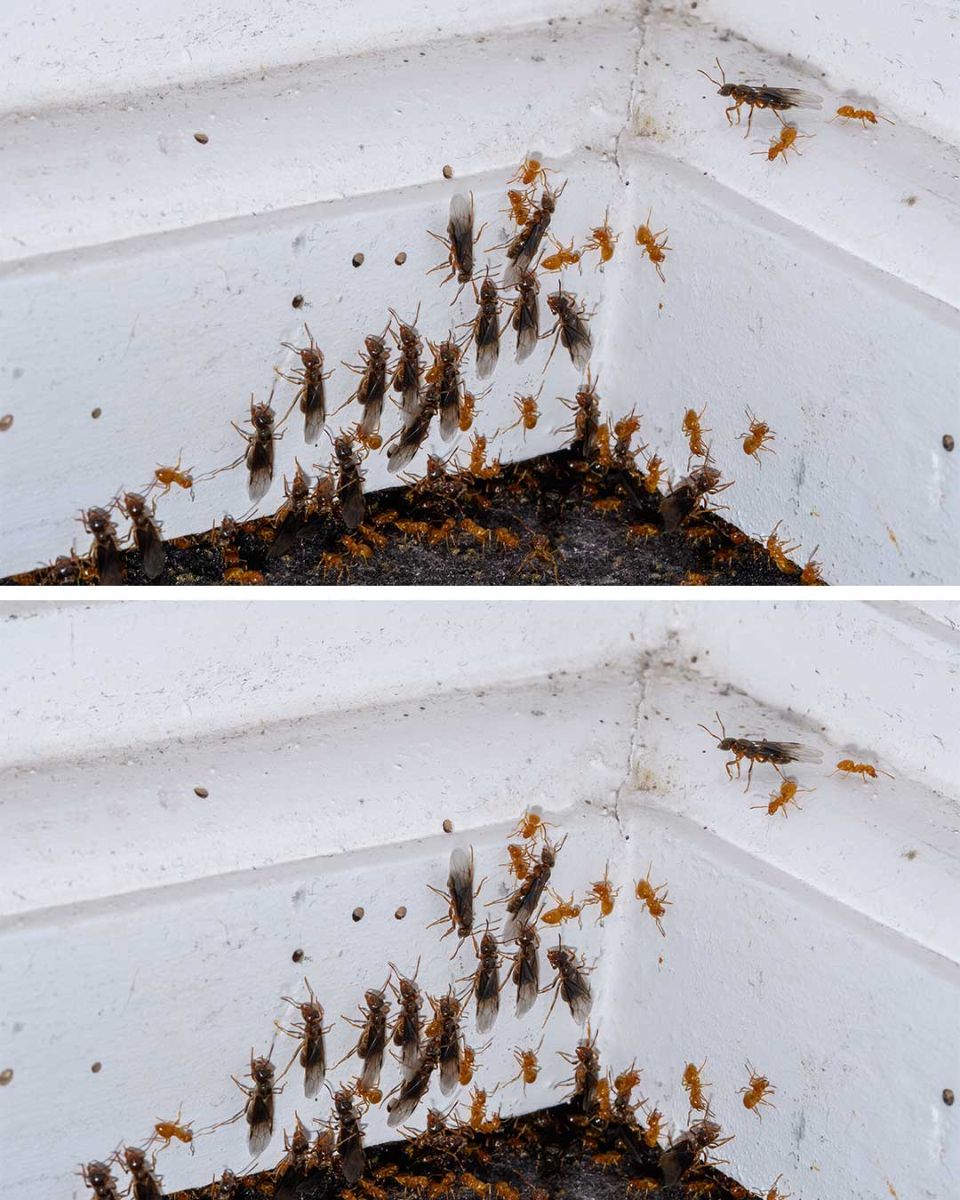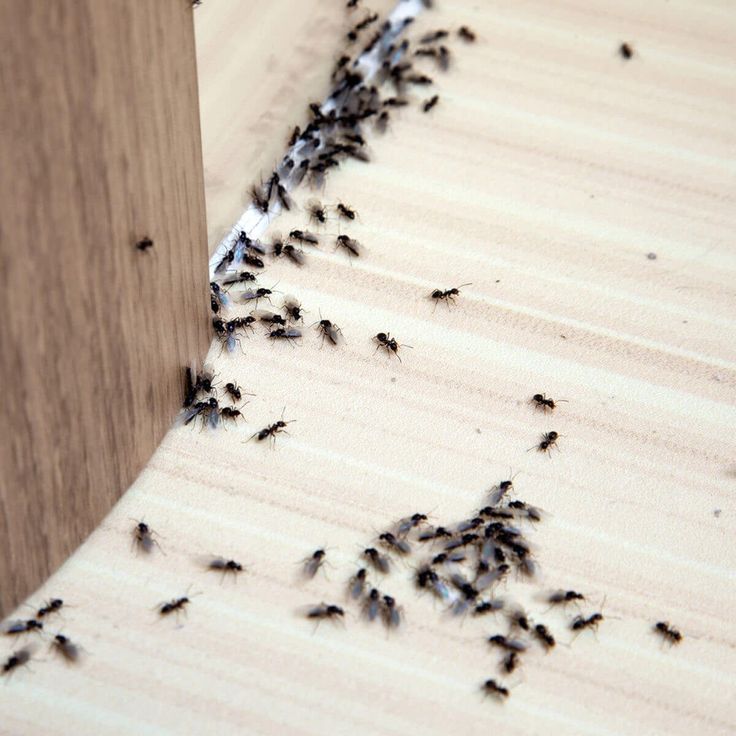
Flying ants in your house can be a startling and unwelcome surprise. These tiny invaders are not just a nuisance; they could be a sign of a larger problem that needs to be addressed promptly. Understanding the nature of flying ants, why they appear, and how to effectively eliminate them is crucial. This topic is significant because ignoring the presence of flying ants can lead to bigger issues like structural damage if they turn out to be termites.
You should read the rest of this article to arm yourself with the knowledge required to tackle a flying ant infestation efficiently. This article aims to provide you with practical steps to identify, control, and prevent flying ants, ensuring your home remains a safe and comfortable space.
Identifying Flying Ants
1. Look closely at the insects to distinguish them from termites. Flying ants have a pinched waist and bent antennae, whereas termites have straight bodies and antennae.
2. Observe the wings:
Flying ants have two sets of wings of different lengths, whereas termites have wings of equal length.
3. Consider the timing:
Flying ants generally swarm in warm weather, often following rain.
Immediate Steps to Take
1. Close off the entry points:
Locate and seal any gaps around windows, doors, and other potential entry points to prevent more ants from entering.
2. Remove food sources:
Clean up any food spills, store food in airtight containers, and ensure your garbage bins are sealed.
3. Use a vacuum cleaner:
Immediately vacuum up any flying ants you see, making sure to dispose of the bag or canister contents outside your home.
Long-Term Solutions
1. Use ant baits:
Place ant bait stations around your home to attract and poison the ants. This can help eradicate the colony.
2. Apply insecticide:
Use an appropriate insecticide spray around entry points and nesting areas. Be sure to follow the instructions carefully.
3. Seek professional help:
If the infestation is severe, contact a pest control professional to assess and treat the situation effectively.
Preventing Future Infestations
1. Maintain cleanliness:
Regularly clean your home to remove food crumbs and spills that can attract ants.
2. Manage moisture levels:
Fix leaky pipes and use dehumidifiers to reduce moisture, which attracts ants.
3. Inspect your home:
Regularly check for signs of ant nests and seal any cracks or crevices.
Addressing a flying ant infestation promptly and efficiently is essential to maintain a safe and comfortable living environment. By taking the steps outlined in this article, you can control and prevent flying ant problems, ensuring your home remains ant-free.




















